We provide DEI resources that help create a welcoming campus for everyone.
Equity-mindedness workshops and tools are available for academic and administrative units. We support coalition building among affinity groups. Because formal and informal mentoring is essential for career advancement, we offer ongoing opportunities for employees to build skills and broaden their network.
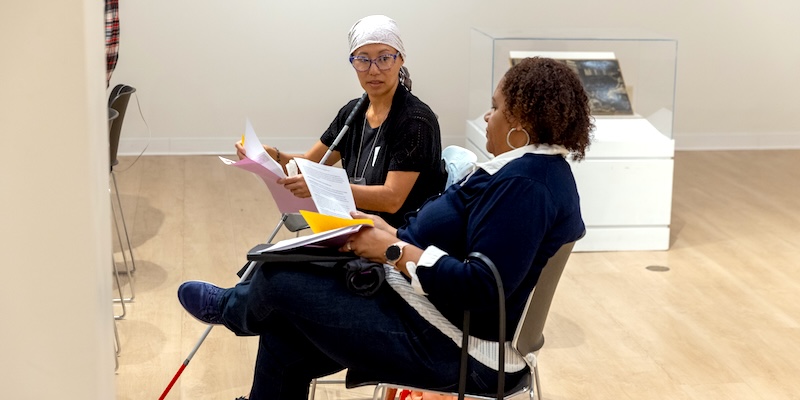
Affinity groups are formed by employees based on a shared identity or common goal. They are not part of UWM’s formal governance structure, but they bring together employees with similar backgrounds or interests and help foster a greater sense of community and support.
View Affinity Groups / Multicultural Collaborations
The Training & Dispute Resolution Specialist supports the UWM community to engage conflict constructively for learning and positive change. Resources available to build conflict transformation capacities or resolve current disputes include: workshops, videos and digital handouts, confidential consultations, conflict coaching, informal mediation and facilitated conversations.
View Conflict Transformation & Dispute Resolution 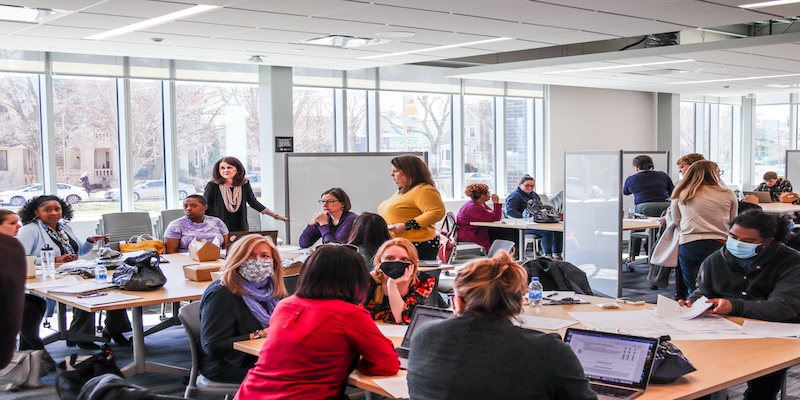
Departments and units interested in exploring ways to create a more inclusive environment are encouraged to use these tools and materials to assess their policies and practices and develop action plans.
View Action Plan Tools & Materials
The goal of the Mosaic Leadership Academy is to leverage campus resources to foster knowledge, skills and networks that will support the promotion and retention of diverse members of UWM’s community.
View Mosaic Leadership Academy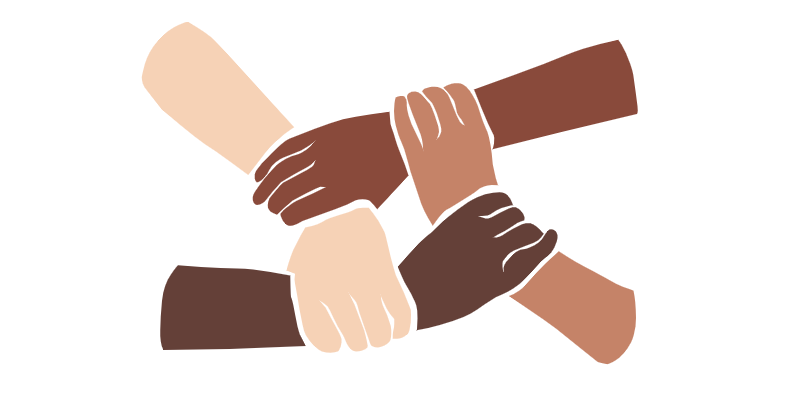
The Mosaic Network consists of a series of events and activities throughout the academic year that are designed to engage UWM employees who identify as Black, Indigenous, Asian and Latinx in the discussion of recruitment, retention, promotion and issues regarding campus culture.
View Mosaic Network
The scholarship supports students who have been traditionally underrepresented in study abroad experiences. Scholarships are awarded to students participating in semester, academic year, summer or WinteriM study abroad programs.
View Study Abroad Diversity Scholarship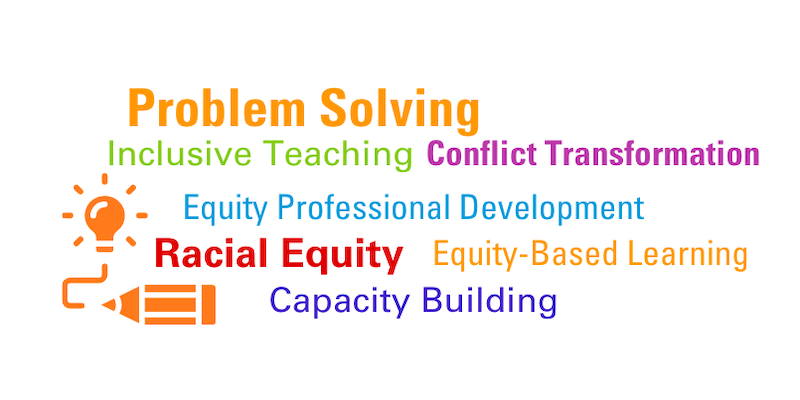
Members of the DEI leadership team provide technical assistance and professional development in these areas: diverse, viewpoints, racial equity capacity building, inclusive teaching, conflict transformation, microaggression, student-focused neurodiversity, DEI-focused planning and consultative conversations on a range of topics.
Any member of the campus community can request service via this form:
View Service Request FormAny member of the campus community can request service via this form:
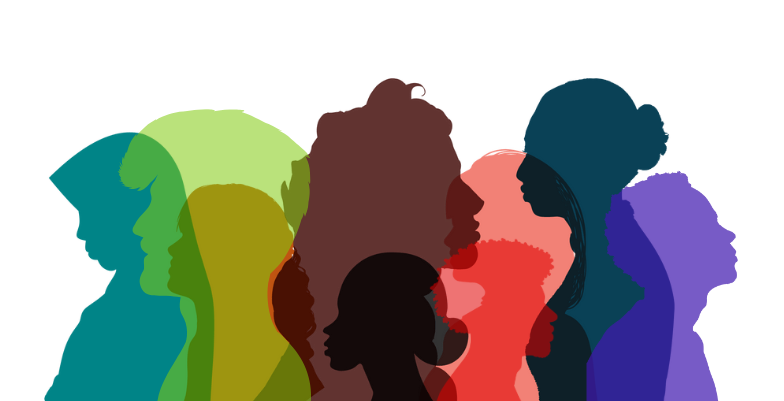
Systemic racism and biases continue to impact our society today. Developed in the fall of 2020, the UWM Racial Justice & Equity Program asks employees to examine our own racial socialization and its impact on decisions we make in everyday life. The program calls for a campus community of active advocates against racial injustices and inequities.
View Racial Justice & Equity Program